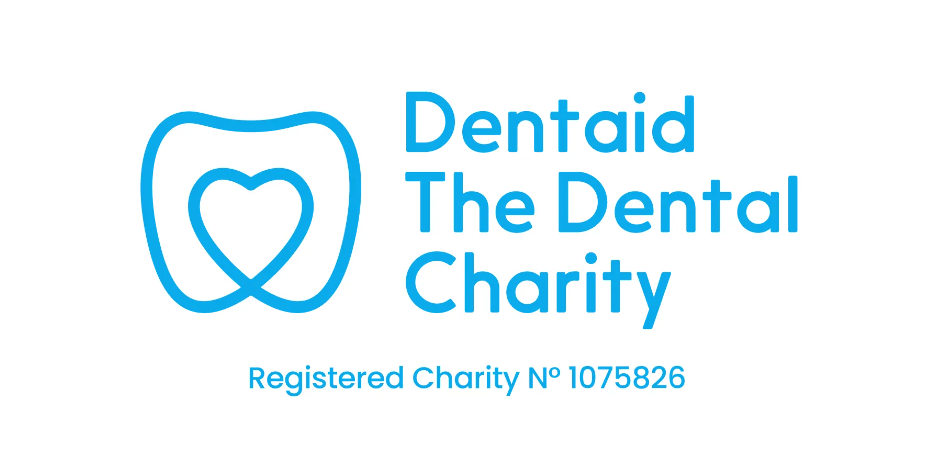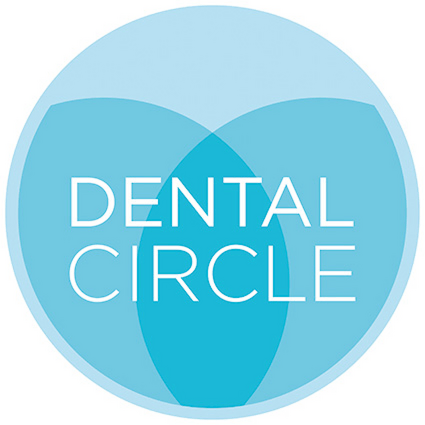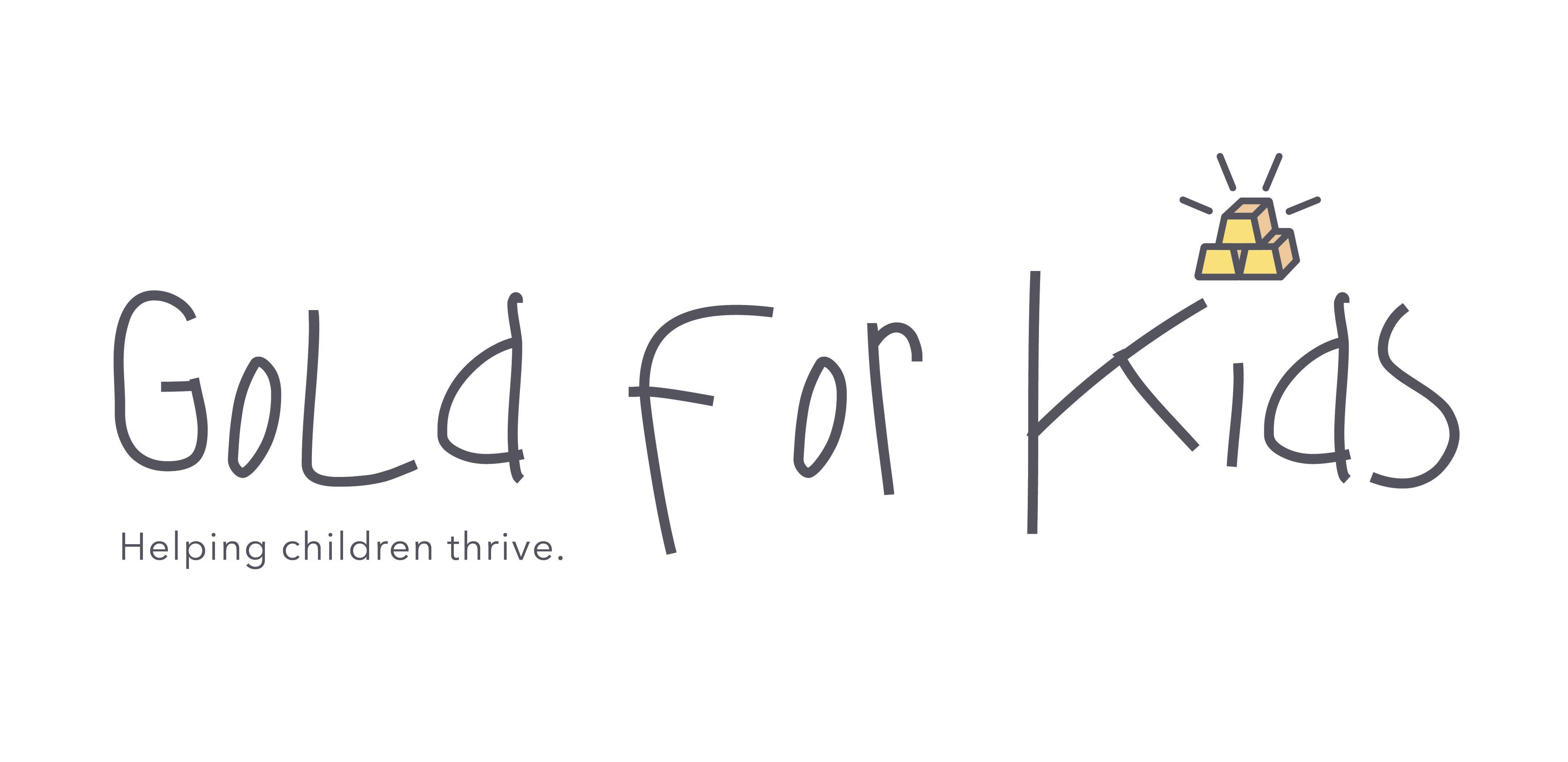My role as a volunteer fit tester
)
Two weeks into lockdown, dental nurse Rebecca Silver found herself fitting FFP3 respirators to frontline workers. Here, she talks us through the process with Tarik Shembesh
Dentistry has been moving at an alarming rate since COVID-19 was announced as a global pandemic. With lockdown, I was furloughed and have not been inside my practice since. Two weeks into self-isolation, I was approached by a colleague to volunteer to train to become a fit tester of respirators for Urgent Dental Care Hubs.
I completed training through an accredited course at the start of April and, since this time, have helped the organisation fit test individuals with FFP3 respirators. This has helped urgent care centres to open and provide an aerosol-generating procedure (AGP) service to the dental patients who require it, taking the burden off A&E. Delivering a programme that not only fit tests but provides training in putting them on, safety and maintenance of respirators, and also guidance on infection control and donning and doffing of PPE, means that wearers are informed and, hopefully, can provide safe treatment for their patients and also protect staff members. Wearers are also informed of safety standards and what makes a respirator adequate and suitable.
As part of this service, I felt I could contribute to the national response and make a difference, and I feel my skills and knowledge as a dental nurse were useful. In addition to fit testing, I now have a skill I can use across other industries to help protect the wellbeing and respiratory health of other professionals. We are currently in the middle of a worldwide pandemic and the profession is still finding its way in what may be a new dental world. As research develops, we will be able to practise safely once armed with the evidence-based knowledge.
What is a close fitting, half-face respirator?
A respirator is classified as close fitting or loose fitting. Close fitting work by having a seal around the nose and mouth. A respirator is a device designed to protect the wearer from hazardous vapours, gases and particles. It works by creating a seal around your nose and mouth so that when you breathe filtered air can get through.
How is coronavirus transmitted and why is it key to dentistry?
Coronavirus has the potential to be transmitted through contact. droplets and via airborne aerosols. Coronavirus has the potential to be transmitted though aerosols within dentistry from an infected person. Water droplets have different sizes – some of them are considered particles and not visible to the naked eye. In dentistry, our standard infection control procedures are designed to manage pathogens spread through contact or droplets, but not for highly contagious airborne pathogens. Due to a lack of evidence, there is a concern that AGPs will put the dental team at risk, as we are in a high peak of a pandemic and patients could be asymptomatic carriers. If an asymptotic patient is treated, there is concern they could infect the team. This is one of the reasons why, as a profession, we have been advised to down tools. New information about this virus and AGPs is being understood daily, but looking at other coronaviruses, we understand that viral load is important. If we work in an environment where the virus is around us for a long period of time, breathing it in has the potential for staff members to have a higher viral load, therefore having more potential to get infected and infect other people.
Why is fit testing so important?
In lab tests, where 95 litres of air are pumped through a P3 filter, results show the air is filtered up to 99%. Compared to P2 filters, which is only 94%, and P1, which is only 80%. Even the highest filtration in a disposable mask, the so-called FFP3 will not eliminate the risk, but does minimise risk with other control measures, such as PPE and suction.
What is the difference between a surgical mask and a disposable respirator?
There are many types of respirators on the market but, essentially, a surgical mask will protect the patient from the wearer and the respirator will protect the wearer from the patient, and the surrounding environment.The surgical mask is a barrier and the respirator is a filter. As a profession, we have seen the delays in getting PPE to the hospital frontline. This same affliction has affected dentistry, pushing up the cost of respirators. Surgical masks are not designed to be sealed and there is a limited variety – ear-loop or tie on. Whereas disposable respirators come in a variety of designs, each one requires training in donning and doffing correctly. As they are designed to create a seal, they are not a one size fits all.
Why is fit testing recommended?
Testing is the standardised way to check if the respirator creates an optimal seal to help the wearer and the employer check if the respirator is both adequate and suitable. It is also to ensure that it is compatible and comfortable to the wearer’s facial features and also other PPE.
How does qualitative fit testing work?
1. The first stage is to complete a sensitivity test. The test is to check if and how the wearer is to the solution sprayed. Therefore they need to have a clean palate and are asked if you have had any food or drink or there than water, cigarettes, chewing gums or mints for the previous 30 minutes before the test. If the answer is yes, then you cannot be tested for at least 30 minutes after this. If you have not, then a hood is placed over your head and an aerosol solution is sprayed into the hood. The sensitivity is a taste test. As we taste with our tongues, you must complete the whole test whilst breathing through your mouth. The purpose of this is to see if you can taste the solution, being aware that not everyone can.
2. The fit testing should also include instruction on how to put it on correctly and consistently on their own. The process is to ensure that the wearer can replicate the fitting of the respirator consistently. Education should also be provided on:
Moral and legal obligations
RPEs (respiratory personal equipment)
Current guidance
Facial hair
Current guidance in PPE and RPE
Pre-use fit check
What fit testing is
Correct use of RPEs
Different masks and filters
Compatible PPE
The fit test exercises
3. If you have tasted the solution, then you can proceed to be fit tested with the filtering respirator. There has to be at least 30 minutes between the sensitivity test and fit testing. During this time, you will be given a presentation on all of the other points that are listed above that the organisation provides. You will only be allowed to drink water during this time and must wipe your mouth and lips to get rid of the solution.
4. The actual fit testing can then begin. You are shown how to properly put on the respirator. As part of the process, the wearer is taught how to do a pre-use check – this must be completed by the wearer every time they put on the respirator. We then check the wearer is comfortable and ask them to estimate how long they could wear the respirator. This is a series of checks completed before the hood gets placed on again. The purpose of this is to train the wearer on how to ensure that, every time they wear the respirator, they are doing so safely. The PPE that will be worn on the face during treating patients are also worn to see if it challenges the respirator. This is to ensure we mimic the work environment as much as possible. The exercises are then repeated and explained.
5. The hood is placed on the wearer and another aerosol solution is squirted into the hood. The test lasts for seven minutes and during this time you are required to breathe through your mouth for the entire test and complete a series of exercises. The purpose of this is to mimic normal movement and to see if enough particles leak. As it is a subjective taste test, and the exercises are standardised, a competent fit tester will constantly remind the wearer of what they should be doing. If you taste the solution at any point during the test then the respirator is not the suitable one for the wearer and therefore it doesn’t pass.
6. If you complete the exercises without experiencing the taste, then you have passed and that respirator is suitable for you.
How often should I have a fit test?
The guidance is to keep your certificate for at least five years and unless anything that is likely to change the seal area, then you will need to be retested in two years. Things that can change the seal area:
The face shape changes significantly including fractures, weight loss or weight gain and Botox and fillers
Significant dental work which changes the face shape
If your personal spectacles change
If the PPE you are fit tested in changes
If the model of the respirator you have available to you changes
If any of these changes occur, then you should be fit tested and not continue to wear the respirator. A pre-use fit check should be completed every time the respirator is worn.
For how long can a face-filtering face piece be used?
Some are designated to either R (reusable) or NR (non-reusable). Sometimes they may have a D sign, which means they are likely to be for extended use. All these are relevant in the industrial workplace but not in healthcare. In healthcare, depending on the supply and the clinical setting, they could be either sessional use or single use. For most part, in dentistry, they are used for a single patient or a single procedure. Regardless, a filtering face piece should be disposed if they become soiled or damaged.
Can respirators be cleaned or sterilised?
Disposable respirators should not as the sterilisation process is likely to affect the filtering capability and the face fitting capability. Whereas, a reusable respirator should be well-maintained, regularly inspected and appropriately cleaned as per manufacturer’s instructions and in line with Public Health England advice.
Who should wear a respirator? Due to the limited and changing supplies of RPE, only the most skilled members of the team, and the members needed to provide AGP, should wear a respirator.
What markings should my respirator have?
It is ideal for the markings to be:
Be legible and in English
Have the manufacturers' name
Model of respirator
CE mark with a number of the certification body. It should be procured through an appropriate channel
Classification of filtration FPP2, or FFP3).



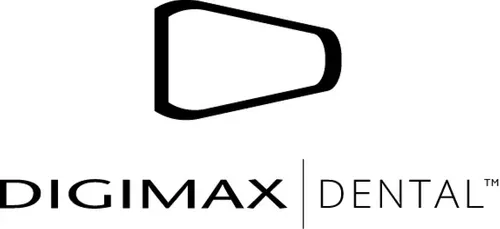


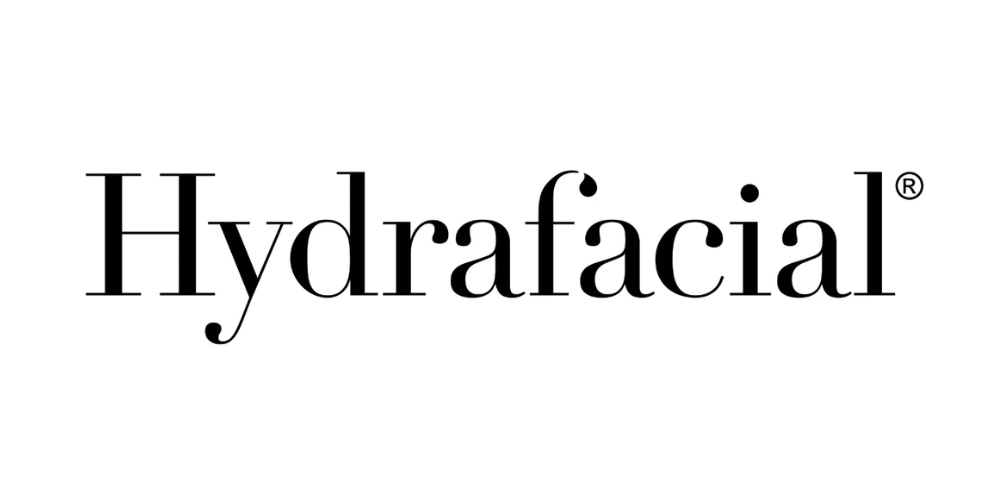








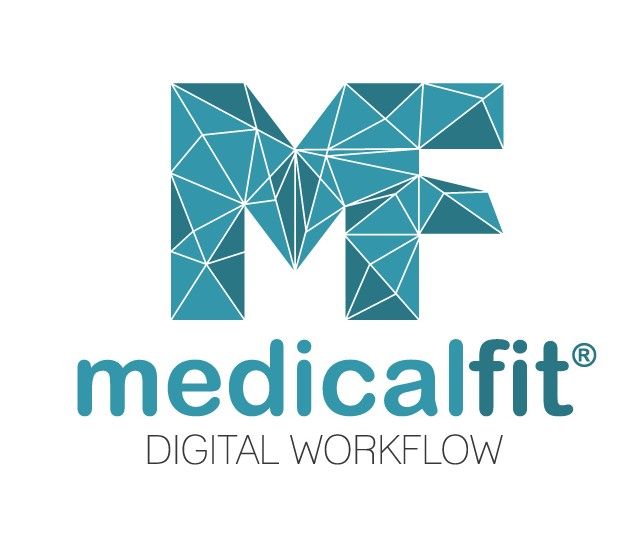


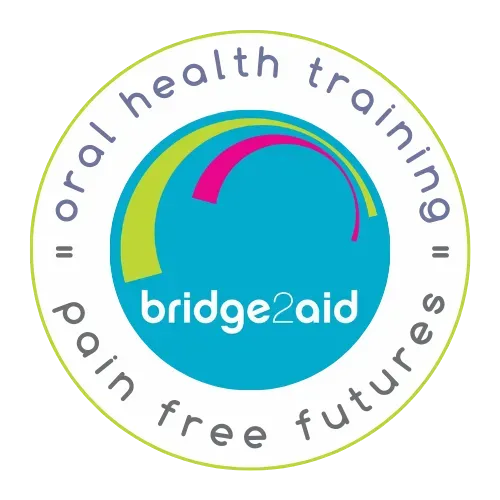
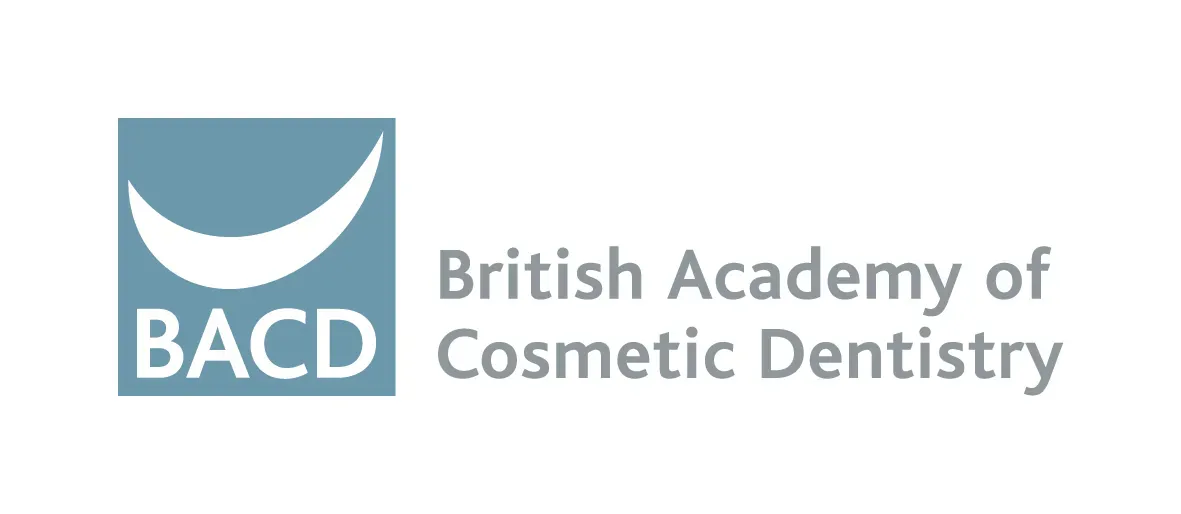
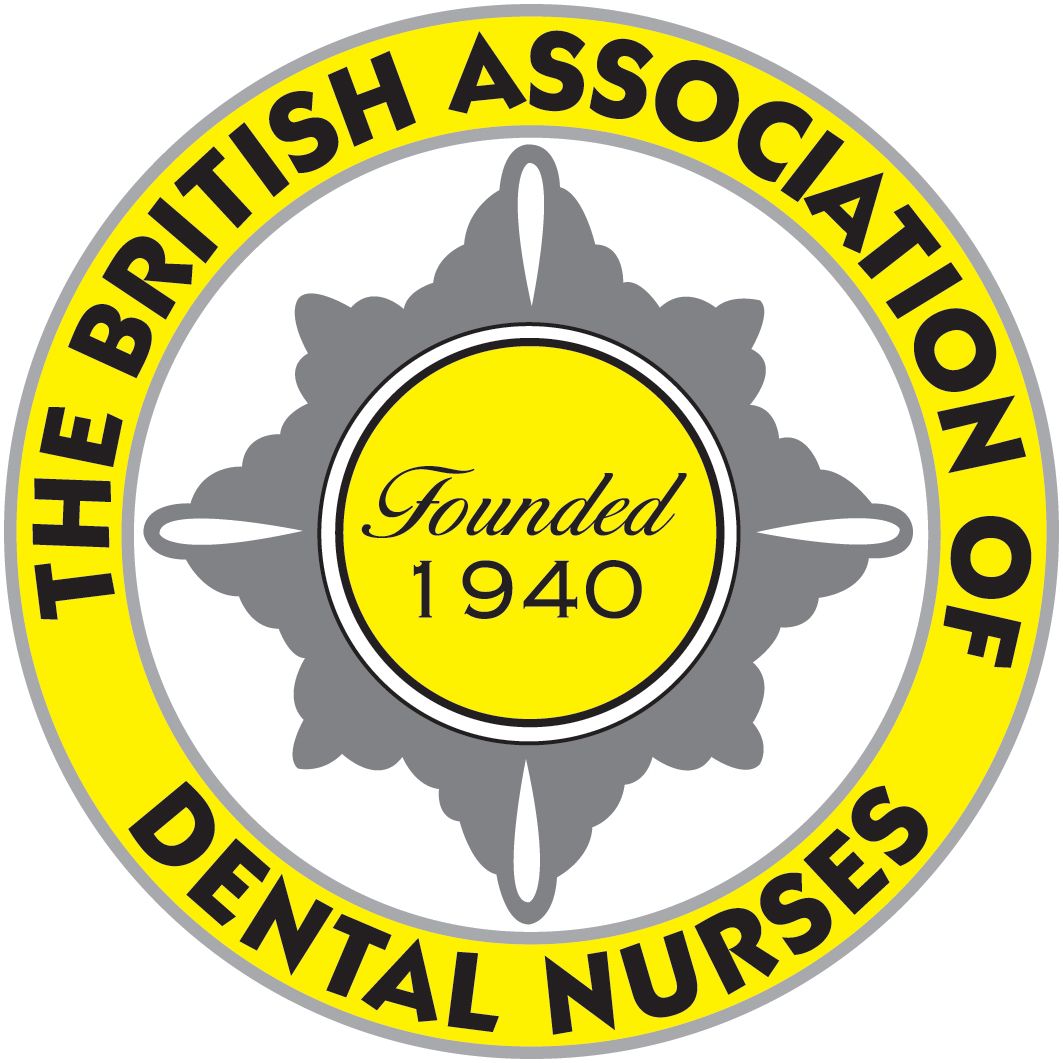
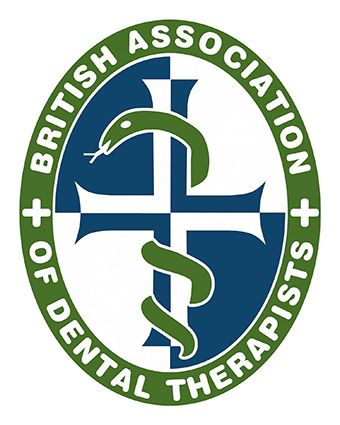
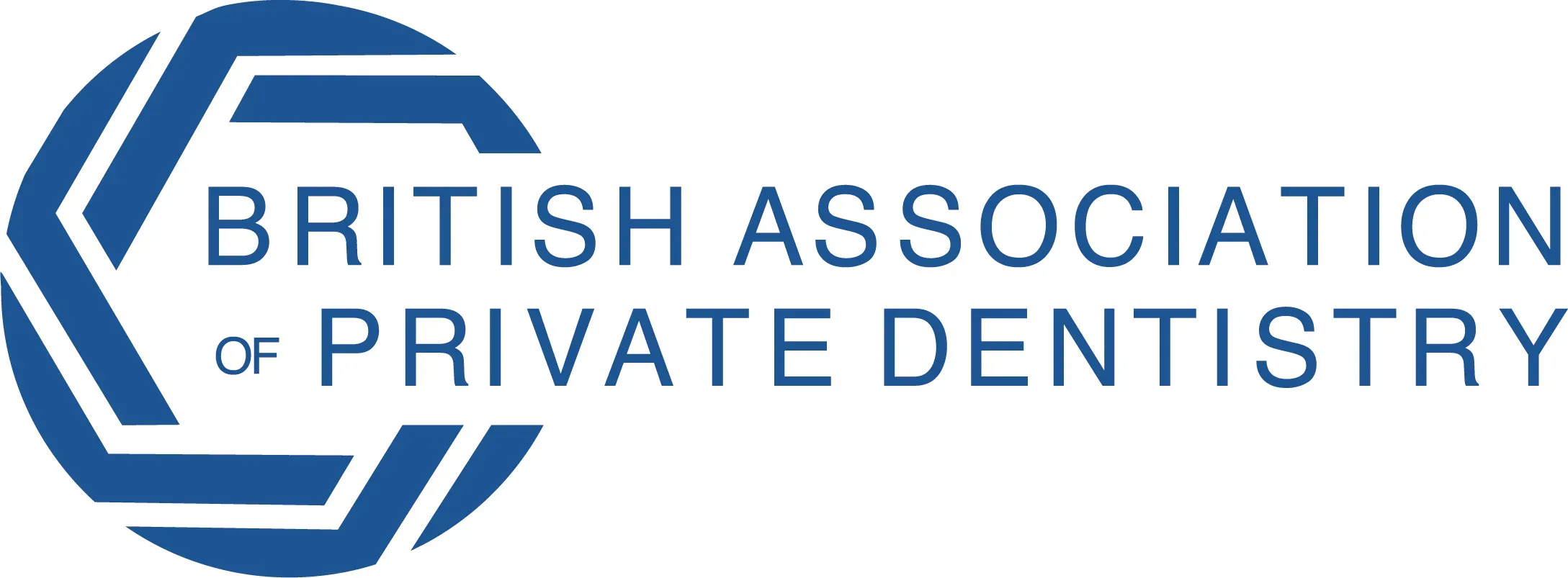
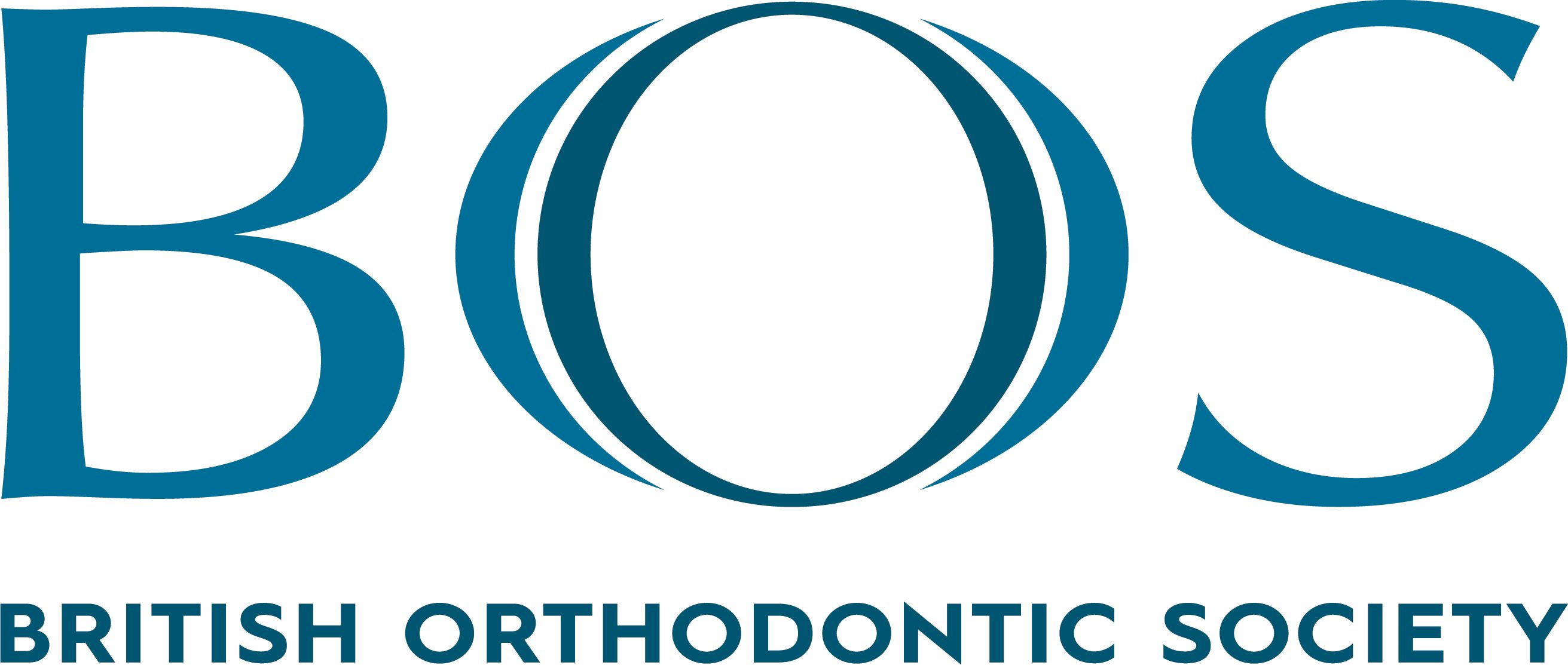

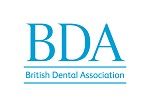


.png)
